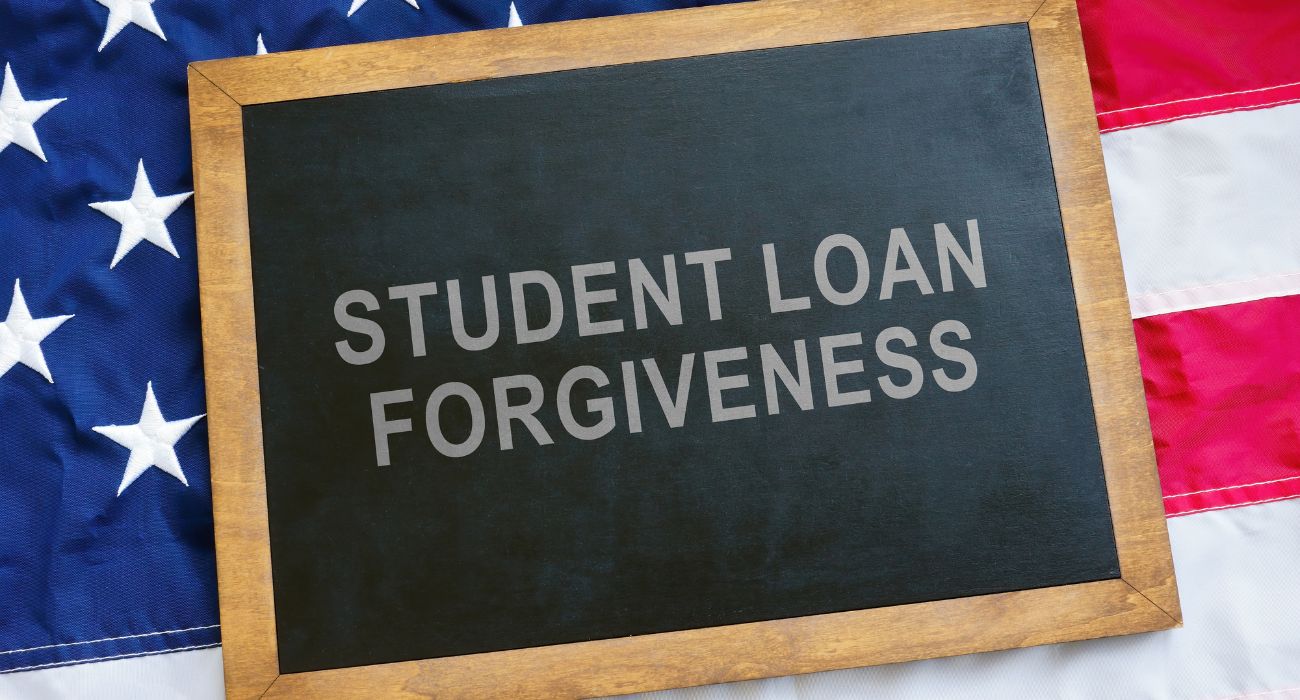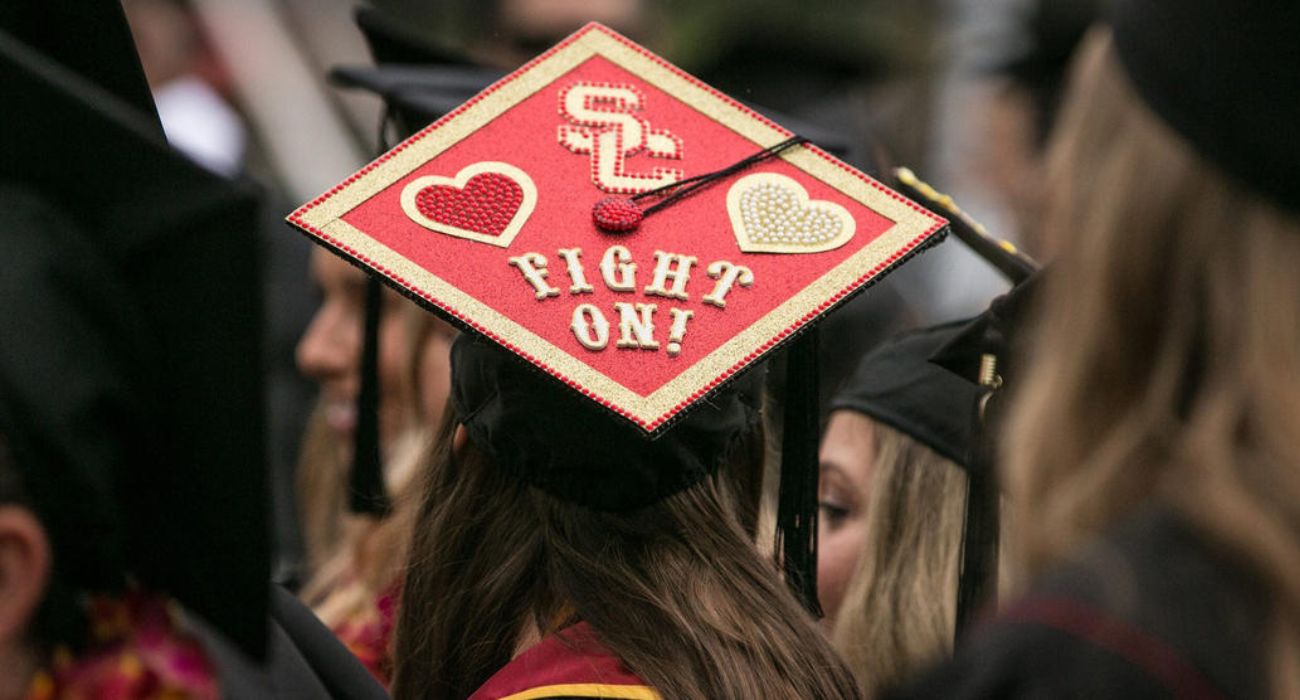As pandemic-era government action draws to an end, many borrowers are preparing for the sunset of extended payment forbearance on federal student loans.
The U.S. Department of Education is expected to resume all federal student loan repayments by August 31, ending a three-year pause on payments and placing borrowers in a precarious situation given the current interest rates cycle, recent widespread layoffs, exhausted savings accounts, and ballooning household debt.
The Education Department’s intentions to resume payments were made clear during a recent Senate Appropriations Committee Hearing, in which Secretary Miguel Cardona suggested that the agency was “preparing to restart” federal student loan debt repayments.
During the committee hearing, Senator Katie Britt (R-AK) challenged the notion of student loan forgiveness by citing remarks from White House Press Secretary Karine Jean-Pierre about the inherent expectations surrounding different loan obligations.
“If you buy a car, you are expected to pay the monthly payments. If you buy a home, you are expected to pay the mortgage every month. That is the expectation,” Jean-Pierre said during a May 8 press briefing.
“We agree … and we’re preparing our borrowers to restart,” Secretary Cardona said during the committee hearing.
Cardona did not provide Congress with a specific timeline in which federal student loan repayments would resume, but Federal Student Aid, a division of the Education Department, noted that payment alerts would be sent out to borrowers before payments restart.
As of April 1, 2023, the outstanding federal student loan balance was $1.635 trillion. This balance was carried by nearly 44 million borrowers and accounted for 93.1% of all student loan debt, according to a Student Loan Debt Statistics report by EducationData.org.
A breakdown of the $1.635 trillion federal student loan debt among the 43.8 million borrowers reveals that the average student loan balance is about $37,328.
Having such a high student loan balance per borrower could spell financial trouble once payments restart, especially given the ever-growing amount of household debt and the failure of many student loan borrowers to pay off their credit cards.
In the first quarter of 2023, total household debt rose by 0.9% or $148 billion to a record $17.05 trillion, according to the latest quarterly report on household debt and credit.
On top of the $1.63 trillion federal student loan balance, U.S. borrowers are also collectively strapped with a $12.04 trillion mortgage balance, a $1.56 trillion auto loan balance, and a $986 billion credit card balance, the Federal Reserve Bank of New York highlights in the report.
Inflation and interest rates have slowly eaten away at what savings Americans had stored up over the past few years. In the current economic climate, borrowers may find it challenging to get ahead or catch up on their inevitable loan payments.
The impending financial difficulty for borrowers was further emphasized in a recent Goldman Sachs forecast, which predicted that Americans would deplete 65% of their extra savings by the end of 2023.
Currently, the Supreme Court is evaluating several lawsuits pertaining to President Biden’s plan to shift up to $20,000 in federal student loan debt away from the original borrowers. A final decision on the matter is expected sometime before the end of June.
Federal student loan repayments are set to resume 60 days after either the Education Department is allowed to implement the program or the Supreme Court makes its final decision.







Trackbacks/Pingbacks